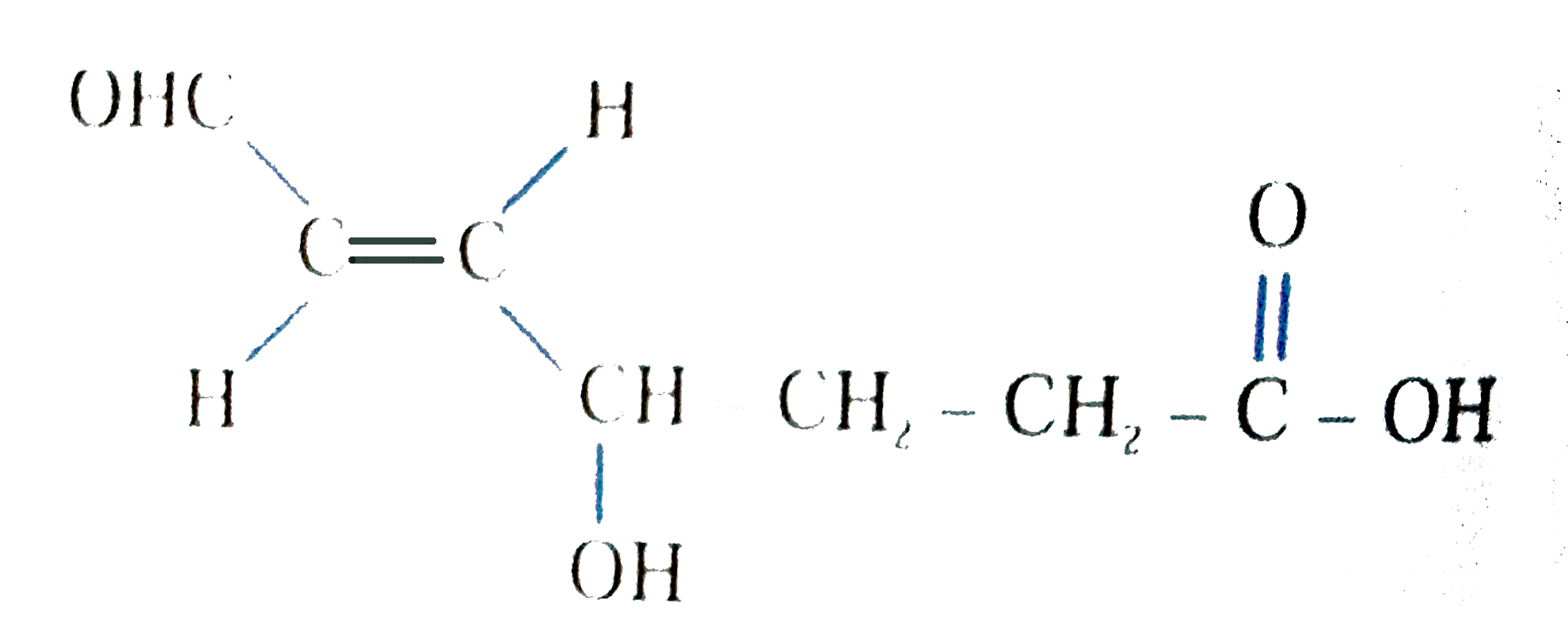When moleucles of type A react with molecules of type B in one-step process to give AB2, the rate law is
rate=K[A]1[B]2
rate=K[A]2[B]1
rate=K[2A][B]
rate=K[A][B]
The correct Answer is:A
To determine the rate law for the reaction where a molecule of type A reacts with a molecule of type B to produce AB2, we can follow these steps:
Step 1: Identify the reactants and products
In this reaction, we have:
- Reactants: A and B
- Product: AB2
Step 2: Write the balanced chemical equation
The balanced equation for the reaction can be written as:
A+2B→AB2
Step 3: Determine the stoichiometric coefficients
From the balanced equation, we can see the stoichiometric coefficients:
- For A: 1
- For B: 2
Step 4: Write the rate law expression
The rate law expression is generally written as:
Rate=k(A)m(B)n
where k is the rate constant, and m and n are the stoichiometric coefficients of A and B, respectively.
Step 5: Substitute the stoichiometric coefficients into the rate law
From our balanced equation:
- m=1 (for A)
- n=2 (for B)
Thus, the rate law can be expressed as:
Rate=k(A)1(B)2
or simply:
Rate=k(A)(B)2
Step 6: Conclude the order of the reaction
The overall order of the reaction is the sum of the exponents in the rate law:
Order=1+2=3
Final Rate Law
Therefore, the rate law for the reaction is:
Rate=k(A)(B)2
---
In this reaction, we have:
- Reactants: A and B
- Product: AB2
The balanced equation for the reaction can be written as:
A+2B→AB2
From the balanced equation, we can see the stoichiometric coefficients:
- For A: 1
- For B: 2
The rate law expression is generally written as:
Rate=k(A)m(B)n
where k is the rate constant, and m and n are the stoichiometric coefficients of A and B, respectively.
From our balanced equation:
- m=1 (for A)
- n=2 (for B)
Rate=k(A)1(B)2
or simply:
Rate=k(A)(B)2
The overall order of the reaction is the sum of the exponents in the rate law:
Order=1+2=3
Therefore, the rate law for the reaction is:
Rate=k(A)(B)2
Topper's Solved these Questions
- BOOK - NARAYNACHAPTER - CHEMICAL KINETICS EXERCISE - EXERCISE -1 (C.W) (RATE OF REACTION & FACTORS)14videos
CHEMICAL KINETICS
- BOOK - NARAYNACHAPTER - CHEMICAL KINETICS EXERCISE - EXERCISE -1 (C.W) (ORDER OF REACTION)14videos
CHEMICAL KINETICS
- BOOK - NARAYNACHAPTER - CHEMICAL KINETICS EXERCISE - CHECK YOUR GRASP14videos
CHEMICAL KINETICS
- BOOK - NARAYNACHAPTER - CARBOXYLIC ACIDEXERCISE - All Questions288videos
CARBOXYLIC ACID
- BOOK - NARAYNACHAPTER - CHEMISTRY IN EVERYDAY LIFEEXERCISE - ASSERTION & REASON TYPE QUESTIONS10videos
CHEMISTRY IN EVERYDAY LIFE
Similar Questions
The rate of a gaseous reaction is given by the expression k [A] [B]. If the volume of the reaction vessel is suddenly reduced to 1/4th of the initial volume, the reaction rate relating to original rate will be
02:39View Solutionfor a reaction 2A+3B→Products, the rate law expression is given by rate = K(A)1(B)2 . The order of the reaction with respect to A,B and over all order of reaction ar
01:51View SolutionWhat is the instantaneous rate of a reaction.
View SolutionProvide IUPAC name of the compound given below.
 01:55View Solution
01:55View Solution(A) Analgesics bring down body temperature during high fever.
(R ) Tetracyclin is a tranquillizer.02:10View SolutionWhich statements (s) is (are) correct for ABx type molecule ? .
View SolutionAn AB2 type structure is found in
02:25View SolutionAn AB_(2) type of sturcture is present in
02:52View SolutionA compound AB_(2) is formed when A donates one electron each to two B atoms. What type of bond is formed between A and B atoms ?
03:59View SolutionFor the single step reaction of the type A+2B→E+2F , the rate law is
03:59View SolutionPredict the dipole moment off (i) a molecule of the type AB_(4) having square planar geometry, (ii) a molecule of the type, AB_(3) having trigonal bipyramidal geometry, (iii) a molecule of the type, AB_(6) having octahedral geometry, (iv) a molecule of the type, AB_(7) having pentagonal bipyramidal geometry.
04:20View SolutionAn AB2 type structure is found in:
05:20View SolutionWrite the shape of AB_(2)E_(3) type molecule.
02:57View SolutionDraw the structure of AB4L2andAB7 type of molecules with example.
02:33View SolutionDraw the structure of AB4L2andAB7 type of molecules with example.
01:04View Solution

